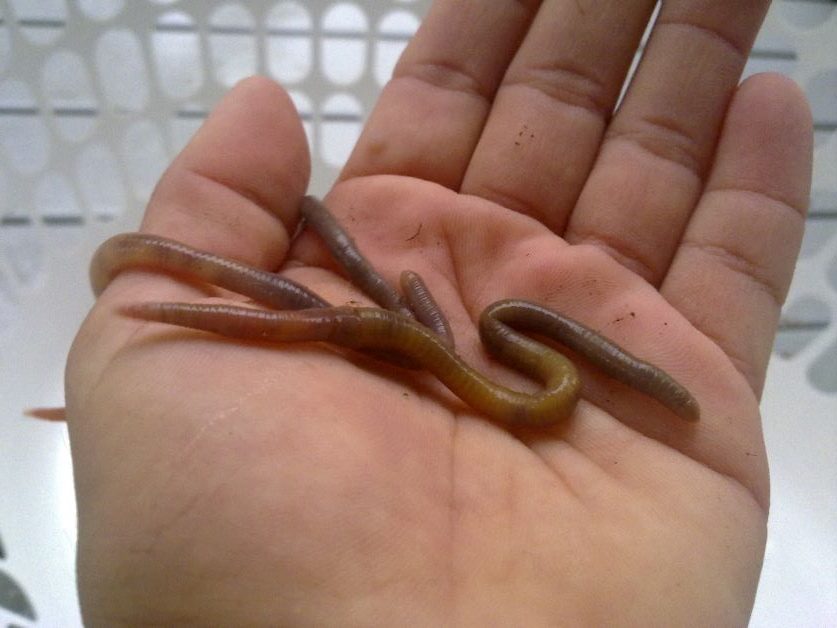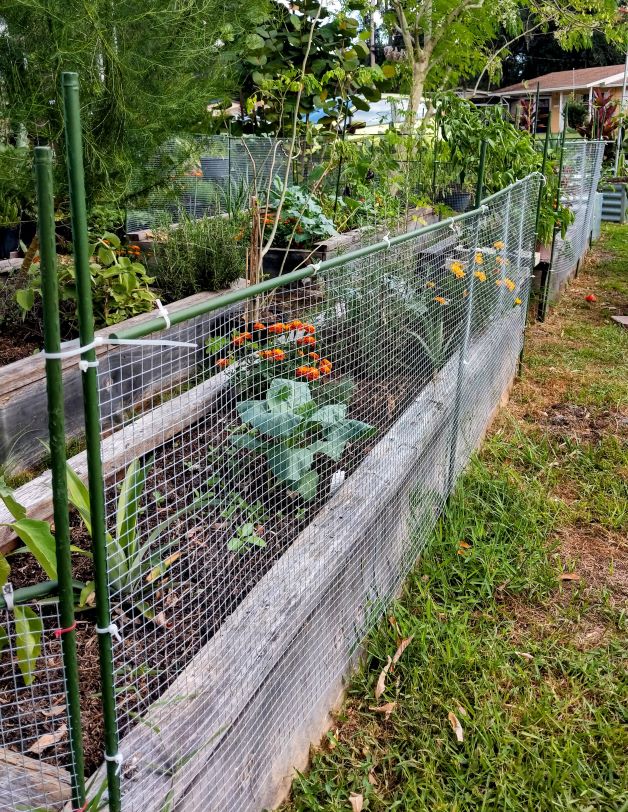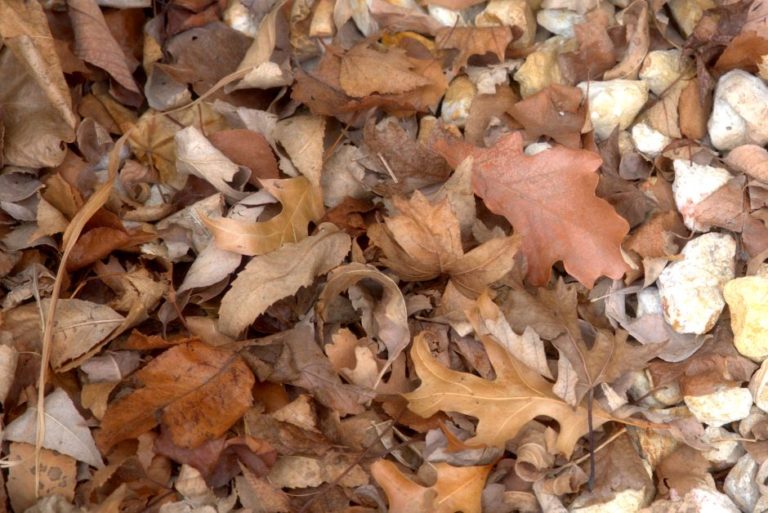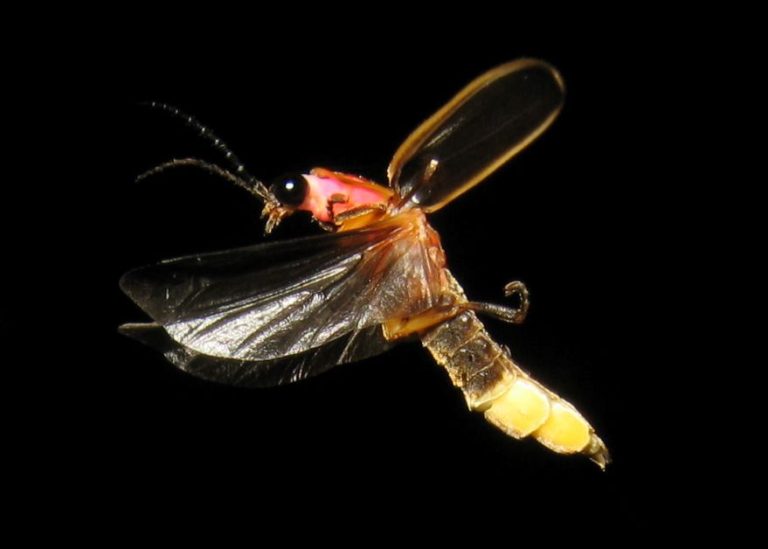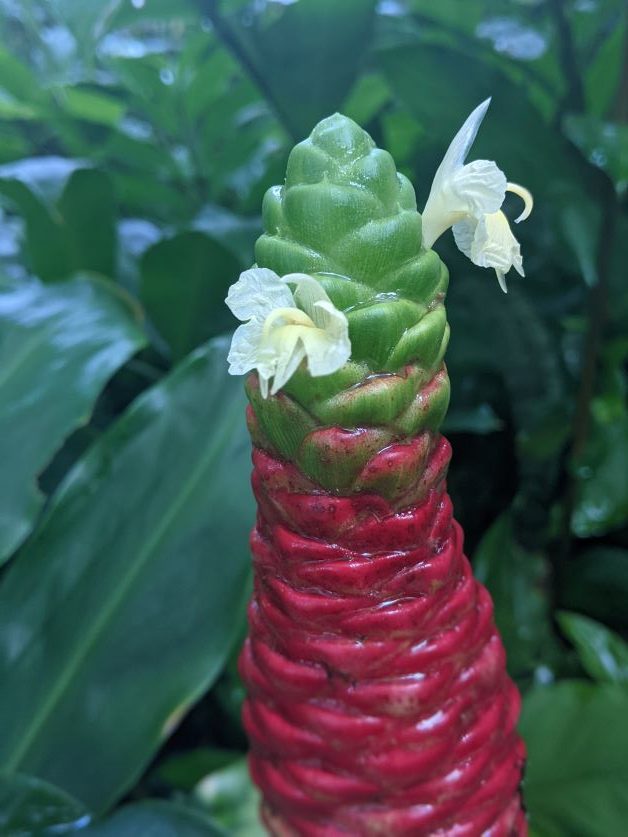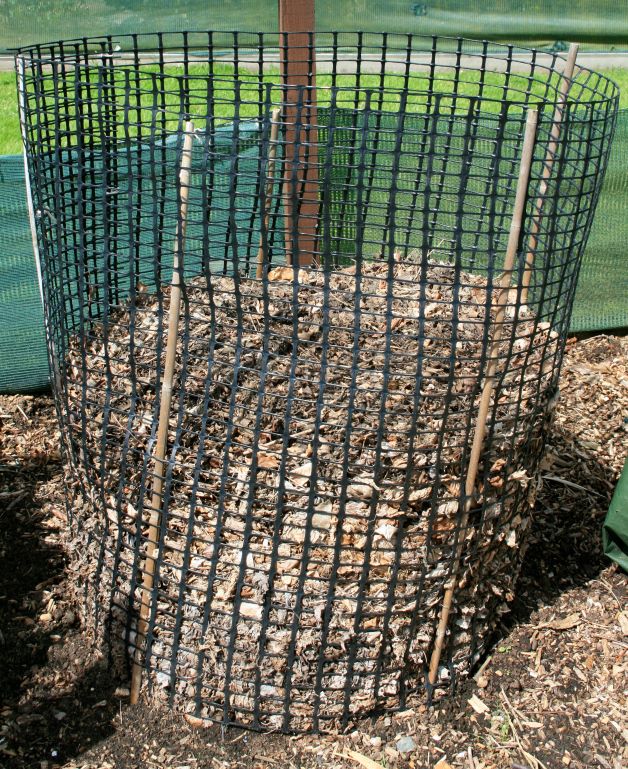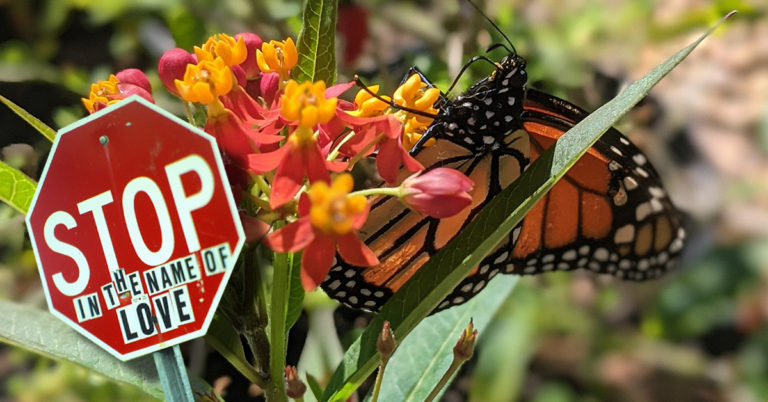What is Worm Grunting (and Why Should You Care?)
Before I was a gardener, I was a fisher. My dad started taking me out to the lake when I was about 5 years old. I was a Detroit city kid through and through, and that ramshackle cabin was the highlight of my summers. It only got 2 channels, one being the Canadian Broadcasting Corporation from our polite neighbors across the border. I didn’t mind. I was too busy chasing toads, poking things with sticks, and catching fish.
From the first sunfish I hooked, I was hooked. I fished my way through childhood. Like a lot of the kick- ass things we did growing up, fishing went to the wayside when I started having to deal with stuff like feeding myself and paying bills.
I rediscovered my love for fishing during the pandemic. I had lots of free time on my (sanitized) hands and needed to get out of the house but away from people. My husband also grew up fishing. So, we bought a couple of reels and rods, and off we went.
During this fishing foray, we fell down a rabbit hole. We wanted to learn how to catch our own worms so we could avoid going to the bait shop. And this, readers, led us to worm grunting. 2020 was weird.
What is worm grunting?
Worm grunting (also known as worm charming and worm fiddling) is an old-timey way to harvest worms from the ground using vibration and sound. The vibrations mimic a mole digging through the ground. Moles are a predator of the earthworm, so the worms instinctually burrow their way to the top of the soil in an effort to stay safe. Then, the grunter harvests the worms by picking them up and throwing them into a bucket.
Professional worm grunters use their skills to harvest worms to sell to bait shops. There are even festivals devoted to worm grunting. One of the most popular is the annual American Worm Gruntin’ Festival hosted in Sopchoppy, Florida.
Worm grunting is a skill that’s passed down from generation to generation. It takes years to get a hand for it. Don’t be surprised if it doesn’t work for you the first (or second, or third) time you try.
How to worm grunt
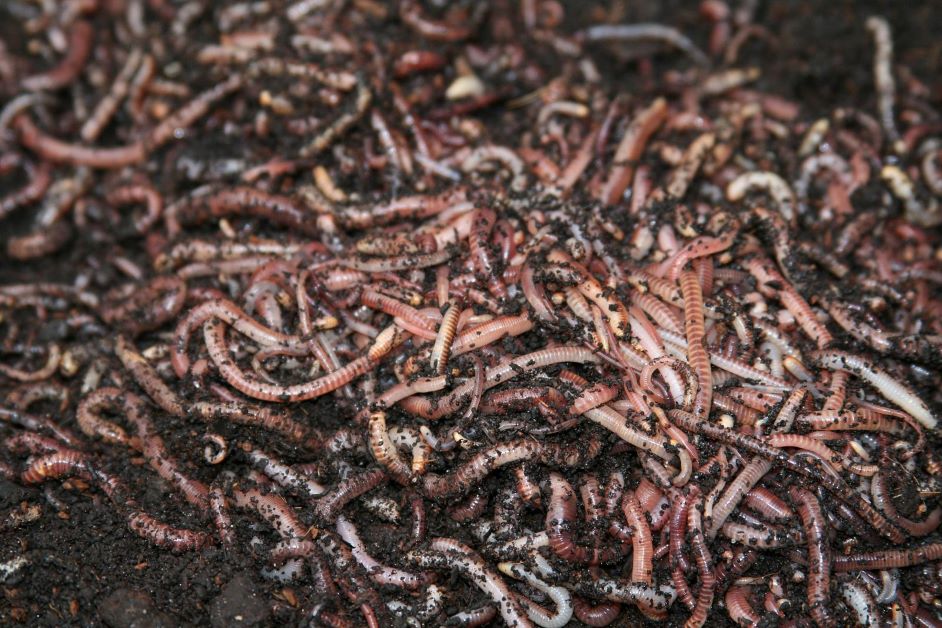
A worm grunter uses two main tools to coax worms out of the ground – a worm grunting stick called a “stob”, and a metal rod called a “rooping iron.” The worm grunter jams the stob into the ground and rubs the rooping iron across the top of the stake rhythmically to create a kind of grunting noise.
Another way of worm grunting is to cut notches into the stob and run a stick or PVC pipe up and down along the notches to make a knocking sound.
The best time to go worm hunting is in the morning or evening. You’ll have even more luck if you go right after it rains. Worms feed on decaying organic matter, so look for dead leaves and logs. A telltale sign that there are worms in the area are piles of worm poop, called castings. Worm castings look like rich, dark, loose soil, almost like coffee grounds. If you’ve seen the inside of a container filled with fishing bait, then you know what I mean.
If you’re planning on worm grunting to harvest worms to add to your garden, you should probably only do so on your own property. Taking too many earthworms from a natural habitat (like a park or public forest), can disrupt the ecosystem. Harvesting worms in a faraway area also makes it more likely that you’ll introduce an invasive worm species into your garden.
How do worms help soil?
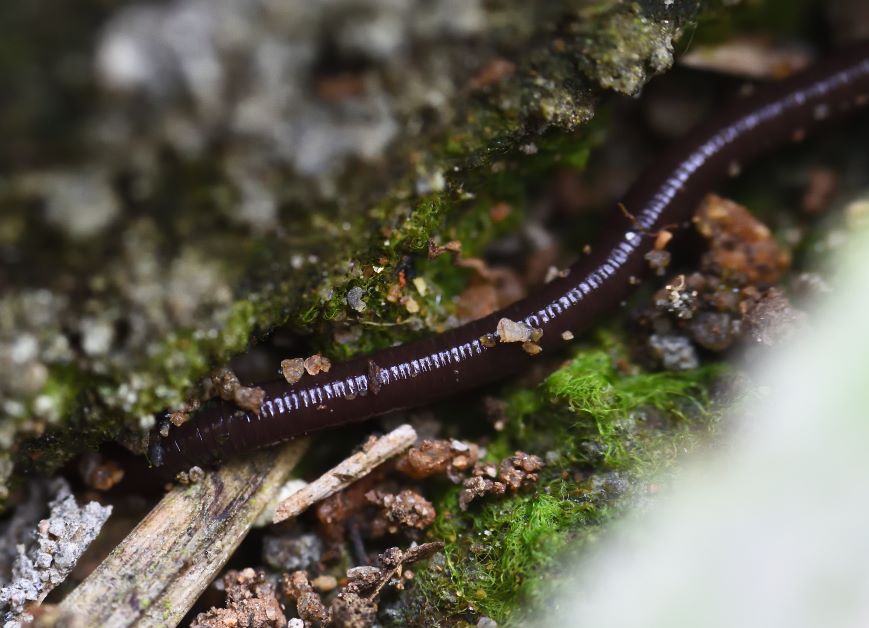
You might be asking yourself why I’m talking about fishing and bait and worm grunting on a gardening website. Well, not only do worms make good fishing bait, but they’re important for the health of your garden. If you can get the hang of worm grunting, it can be a super-cool way to harvest worms to add to your garden or composter.
Worms help the soil in a few different ways. When they burrow, they create little air pockets. This improves soil aeration and helps to keep it well-draining. The pockets also stop the soil from getting too compacted, which in turn gives roots more room to grow.
Earthworms also decompose organic matter and turn it into nutrients that your plants use for food. Worm castings contain nitrogen, phosphorus, potassium, and magnesium. It’s an all-natural fertilizer.
Adding worms to your garden bed
Adding worms to your soil is a great way to provide extra nutrients if you do the majority of your gardening in a raised bed (like me).
There are 3 types of earthworms that live in garden soil: epigeic species, endogeic species, and anecic species. Each type lives and burrows through a different layer of your soil.
Epigeic worms
Epigeic worms are small and have a hard time burrowing. This means that they live on the surface of the soil. Some people call epigeic species compost earthworms. They’re fast-moving, reproduce quickly, and are an important part of a healthy compost bin.
Endogeic worms
Endogeic worms live in the top layer of the soil but unlike epigeic, they live under the surface. They don’t come out of the ground very much. When they do, it’s usually only after a rainstorm. Endogeic worms are important for soil aeration. They are slow-moving and light in color.
Anecic worms
Anecic worms live in the deepest layer of the soil and burrow long, wide tunnels through the ground. Using these tunnels, they come up to the surface for food (leaf litter and organic matter) and drag it back down to the bottom layer of the soil. Nightcrawlers are the most famous of the anecic worms.
Are all worms good for the garden?
There are some invasive worms that you probably don’t want to let live in your garden, including:
Cutworms
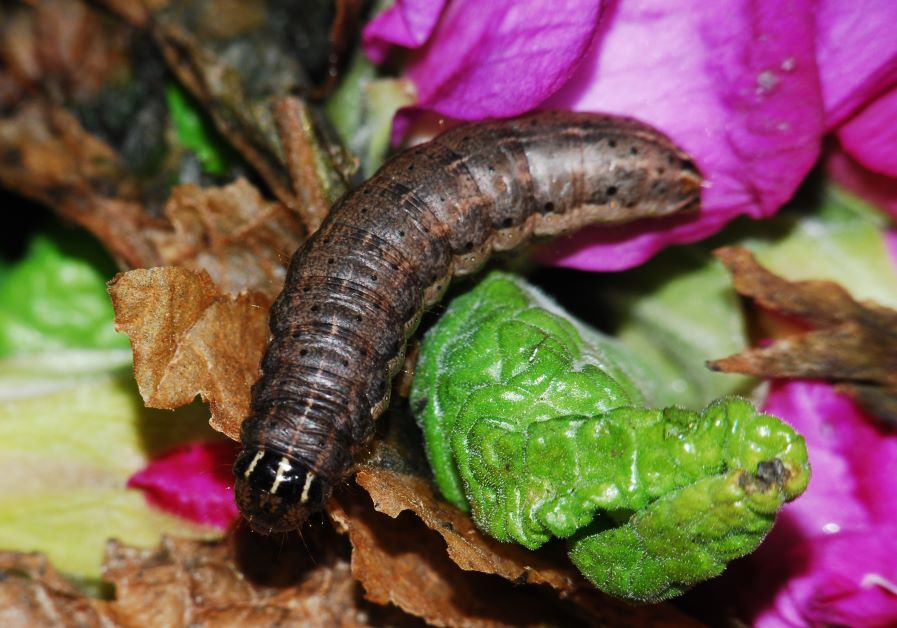
Cutworms are moth larvae. They aren’t technically worms, they’re caterpillars. But, I’m including them in this article because they sort of resemble worms and they can do some serious damage to your vegetable garden, flowers, and lawn.
Cutworms get their name from the destruction they cause – they feed on the stems of plants, effectively cutting them down at the base. Some also climb and eat leaves and new shoots.
The two best organic ways to control cutworms are physical removal and Monterey BT spray.
Walk through your garden in the early evening and run your hands through the soil, paying special attention to overgrown areas. If there are cutworms hiding, they’ll curl up into a C shape when they’re touched. This’ll help you spot them easier. Also, check stems and leaves. If you find any cutworms, pick them up and squish them. You might want to wear gardening gloves – it can get kinda gross.
Monterey BT is an organic pest spray made of bacteria called Bacillus thuringiensis. It’s safe for mammals and bees but it’s toxic to caterpillars, including butterfly larvae. I recommend trying to control cutworms by removing them by hand and if that fails, then spray Monterey BT. Be sure to keep it away from milkweed to avoid harming the precious Monarch butterfly.
Root-Knot Nematodes
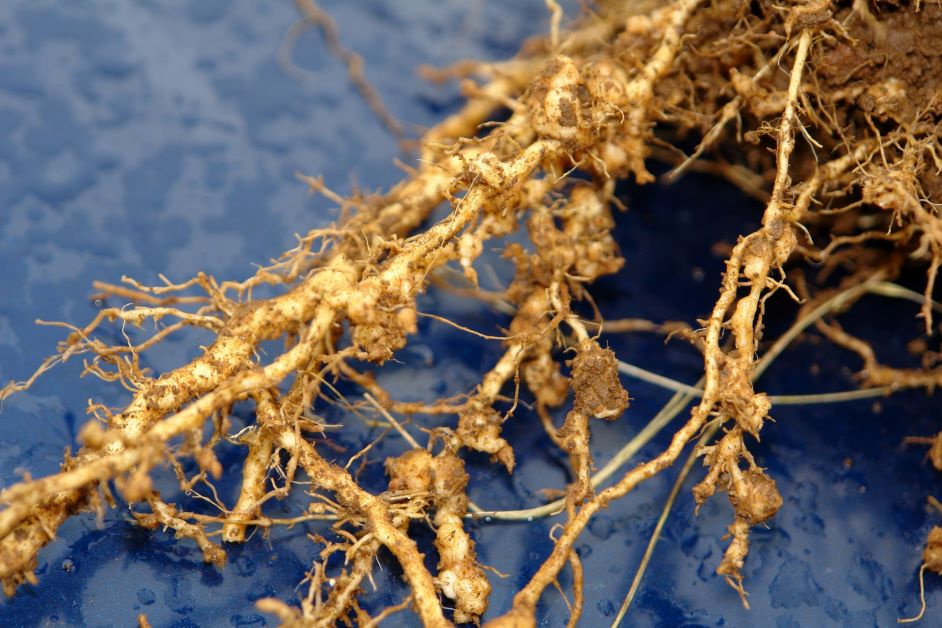
Root-knot nematodes really, really suck. They’re truly one of the most persistent and devastating pests to have in your garden.
Root-knot nematodes are microscopic worms that live in the soil. They feed on your plants’ roots and create little knot-like structures called galls. Because they’re so small and feed on the parts of your plant that are underground, you usually can’t tell that you have an infestation until it’s too late.
The biggest sign of root-knot nematodes is your plants dying for no clear reason. The nematodes stop your plant from taking in water and nutrients. This causes them to wilt and yellow even if they’re properly watered and fertilized.
I myself am dealing with a nematode issue. All of my plants started wilting and turning yellow, so I checked for pests and saw none. I also knew I wasn’t over or under-watering. It was a mystery – everything started dying at once.
I pulled up a pepper plant that had no hope of surviving and found my culprit – nematodes. The roots had tons of galls all over them. So, the only way I could tell for sure that nematodes were my issue was after I ripped up my plant.
Nematodes feed on almost every crop you can think of. Some vegetables like okra are especially prone to nematode problems. Rotating your crops can help control the nematode population.
My nematode problem was caused by an infested load of mushroom compost that I ordered from a landscape company. Since they’re microscopic, there’s no way to tell if the soil contains nematodes or not.
My only hope of saving my plot is Monterey Nematode Control. It’s an organic concentrate made up of a compound called Saponin. Saponin stops the nematodes from living past the egg stage. You have to soak your soil with it, and it’s quite expensive. It’s best used to prevent a nematode infestation rather than treat it, so I’m not sure how effective it’s going to be on my current problem. Fingers crossed.
Grubworms
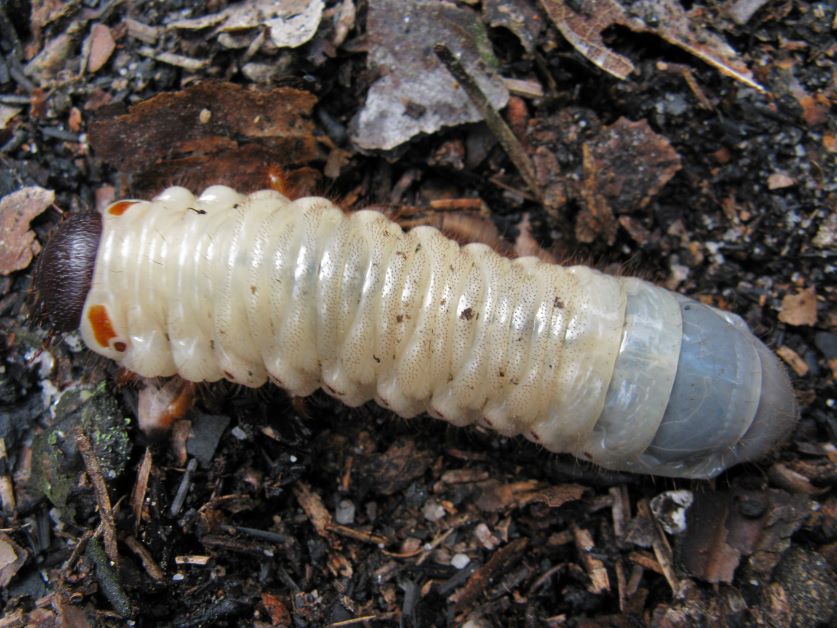
Grubworms look like something out of a sci-fi movie. They’re more of an issue for lawns than they are for vegetable plants.
Like cutworms, grubworms aren’t technically worms – they’re beetle larvae. They eat the roots of your grass. If you can pull your grass back like a carpet, then there’s a good chance you have a grubworm infestation. You may also see an influx of birds pecking at your lawn (they’re looking for tasty grubworm morsels).
You’re more likely to find grubworms in lawns that are overly fertilized…so stop fertilizing your lawn. In fact, get rid of your lawn altogether. They’re a huge waste of water, resources, and space. Check out my list of Florida native groundcovers for some inspiration on how to go lawn-free.
If you insist on keeping your lawn and need to get rid of grubs, then one way to do so is to let your grass go dormant in the summer and stop watering it as much. Grubs love damp spaces.
Another organic way to control grubs is by introducing beneficial nematodes, specifically Heterorhabditis bacteriophira. Don’t worry – they aren’t the same as the dreaded root-knot nematode. This species is a natural predator for grubs but won’t harm your other plants.
Jumping Worms
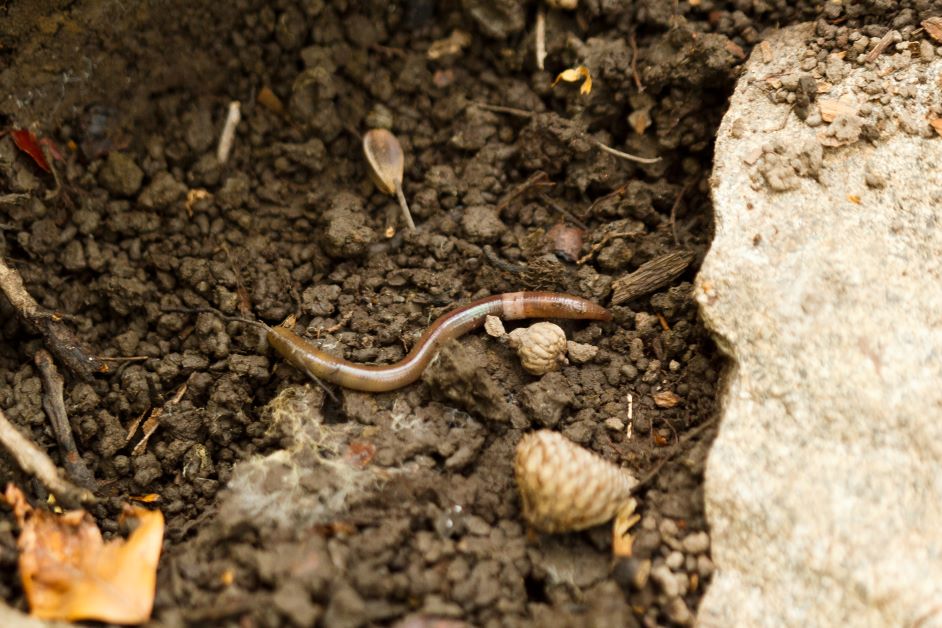
This invasive worm species is native to Asia, and can really mess up your soil. They stop soil from holding moisture and nutrients and cause excessive erosion. As of today, they’ve been found in 15 states.
Jumping worms look a lot like a nightcrawler, but smaller, smoother, and more wiggly. They’re total drama queens that jump like crazy when touched. Like an iguana, they even shed their tail in an effort to escape your grasp.
The best way to rid yourself of jumping worms is to remove them by hand, stick them in a Ziplock bag, close the bag, and put them in the sun to dry out.
Should you add worms to your garden?
In the end, if you use high-quality potting soil in your garden beds, worms will come to you naturally. Worm grunting is just a fun way to learn an old-fashioned skill that might land you a few extra earthworms that you can throw in your garden (or on your hook).
Featured image photo credit: una taza de cafe

